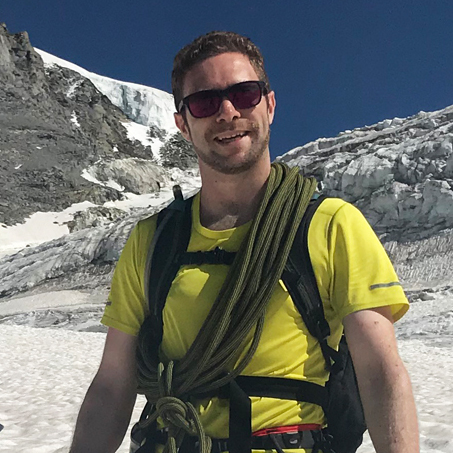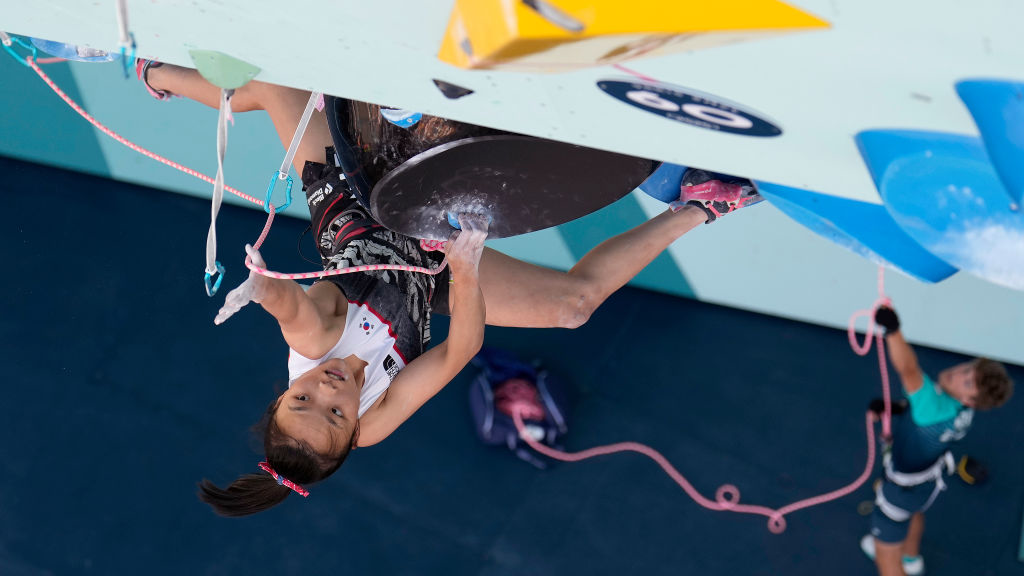Who is Lynn Hill? A look at the American rock climbing legend
Simply one of the most influential climbers of all time, we delve into the life and achievements of the great Lynn Hill
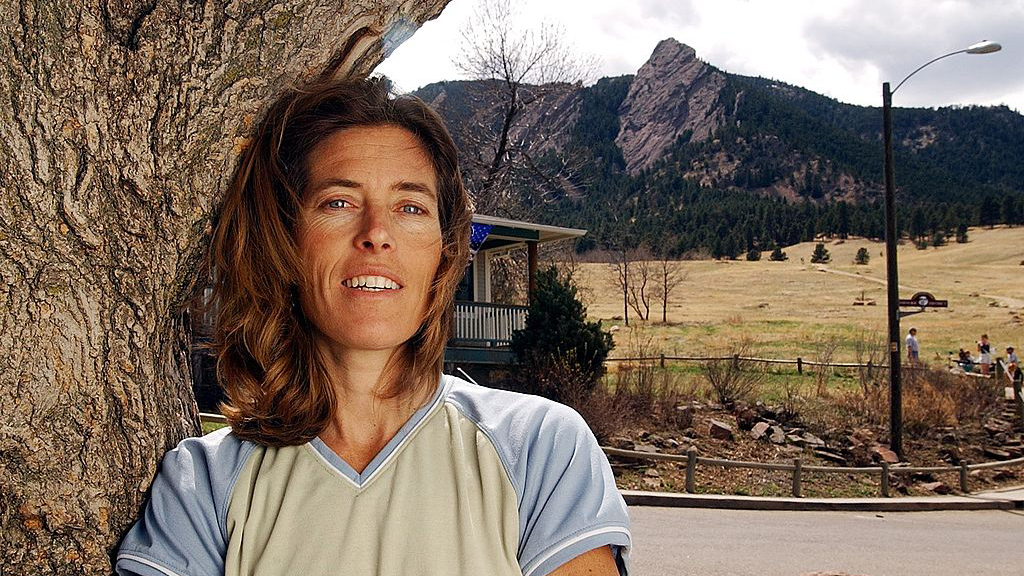
Every once in a while, a route is sent that sends shockwaves through the rock climbing world. Think Wolfgang Güllich’s Action Directe in 1991, Alex Honnold’s free solo of El Cap in 2017, or Adam Ondra’s Silence, also in 2017. When an individual does more than just raise the bar, but rather shatters the ceiling. These are the climbs that etch the names of the world’s greatest climbers into history forever.
For American legend Lynn Hill, her pièce de résistance was the free climb of El Cap’s The Nose in 1994. Climbed in just 23 hours, it was an unprecedented achievement at the time. Yvon Chouinard, fellow climbing legend and the founder of Patagonia, proclaimed that the feat was ‘the biggest thing that’s ever been done on rock’.
This climb was merely the pinnacle of Hill’s glittering career, which includes several sport climbing first free ascents and a hot streak in the world of competition climbing during the 1980s.
We asked one of our climbing and mountaineering experts to delve into Hill’s life, revealing her benchmark climbs and a little of the character of this living legend.
Early life
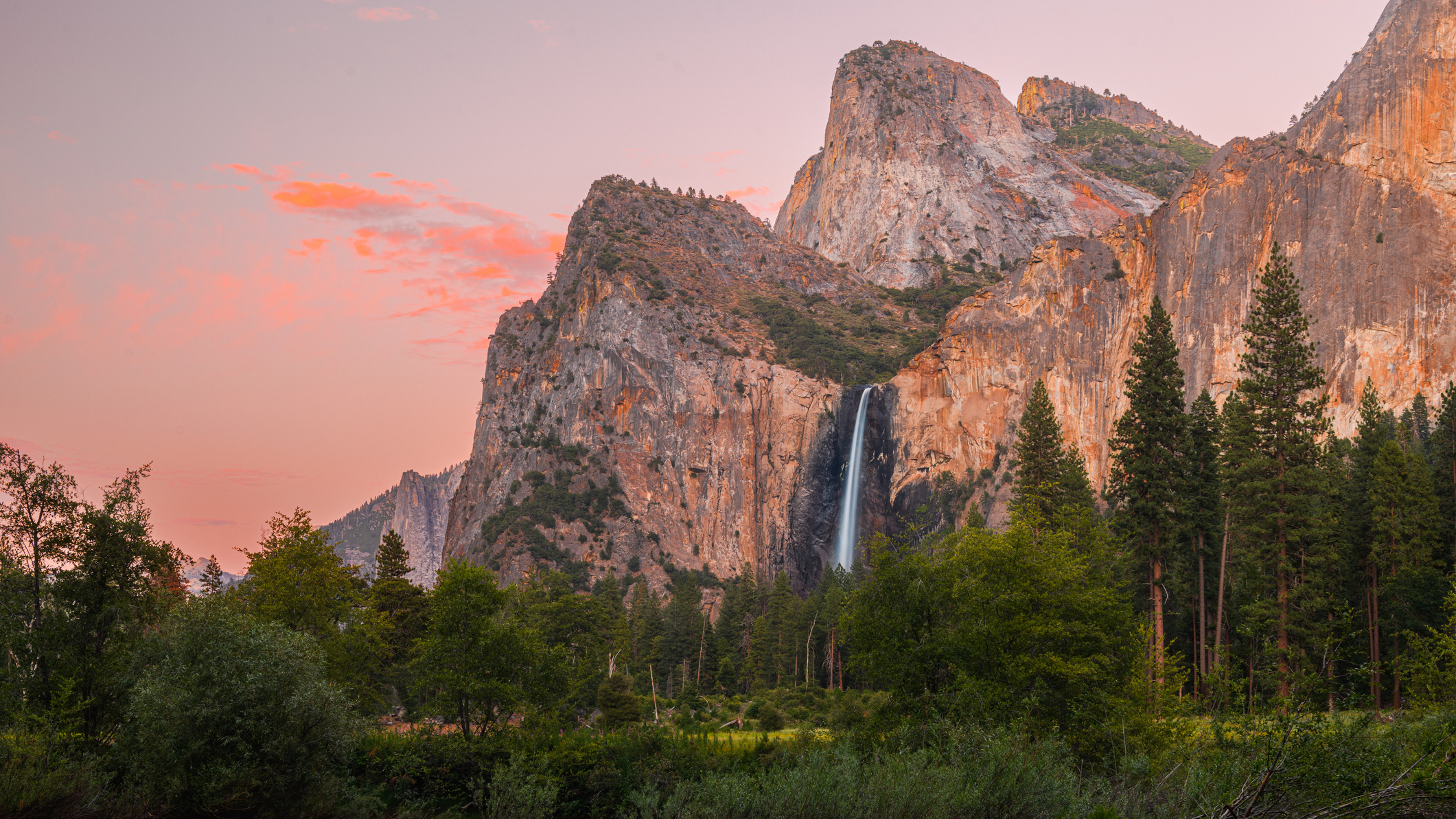
Hill was born in Detroit on January 3, 1961. She was one of seven children, a factor that would have a bearing on her fiercely self-sufficient. nature. At the age of eight she took up gymnastics but was by no means enamored with the different expectations and rules placed on male and female gymnasts, a theme that would run throughout her athletic career. Nevertheless, she was clearly talented and became one of the top young gymnasts in her state.
It was at the age of 14 that Hill first roped up on an outing with her two older sisters, brother and her sister’s boyfriend Chuck Bludworth. She was hooked and started climbing regularly in Southern California, taking to it like a duck to water thanks, in part, to the physical prowess she'd already developed as a gymnast.
It was the ideal escape from what had become a fraught family life with the divorce of her parents. A first trip to Yosemite, aged 16, introduced her to El Cap, Half Dome and the legendary Camp 4. There, she met her first boyfriend, Charlie Row, and the two would go on to climb together extensively. It was with Row that Hill climbed her first big wall route.
All the latest inspiration, tips and guides to help you plan your next Advnture!
A burgeoning talent
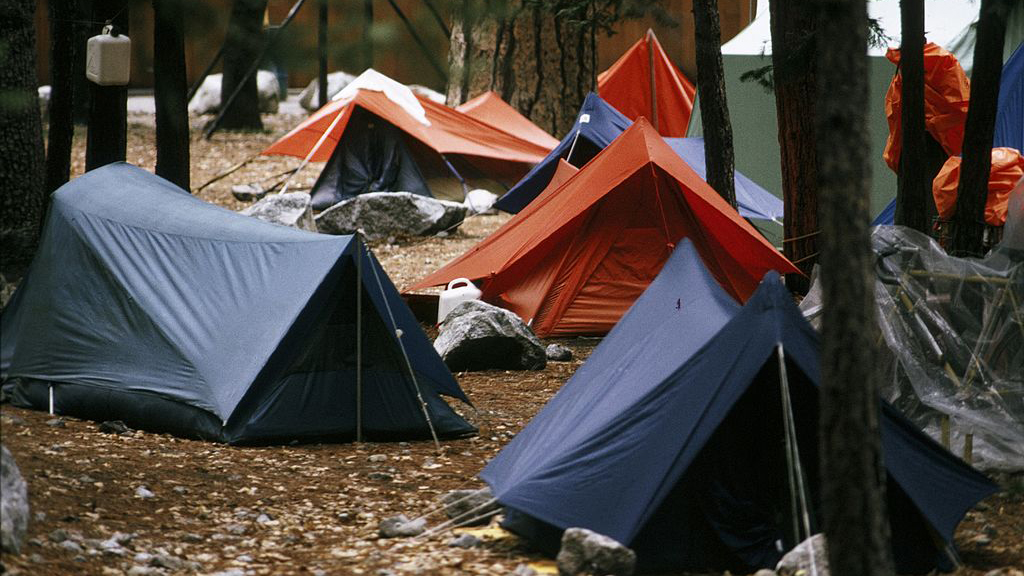
Now totally hooked on climbing and inspired by the bold approach of characters like Beverly Johnson, the young Hill was on course to become the leading climber of her age. In the late 70s and early 80s, she became a mainstay in the ragtag climbing community at Yosemite’s Camp 4, eking out a simple existence of climbing and working just enough to survive. Here she developed a love for trad climbing and a proclivity for the free-climbing approach – a purer way to tackle a route than that offered by aid climbing.
In the summer of 1978, a romance blossomed with climber John Long. The two would go on to free climb Ophir Broke in Colorado. This taxing crack climb is graded 5.12d, which made it the hardest free climb ever sent by a woman at the time.
While Long was able to overcome the crux moves using his longer reach and physical power, Hill would discover alternative and subtler ways to unlock the puzzles, using holds that Long simply couldn’t access.
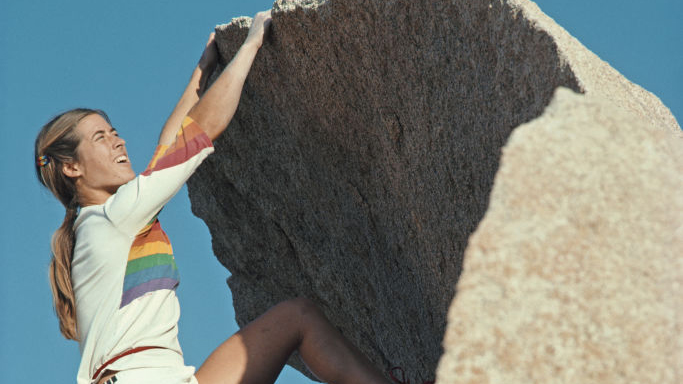
Hill climbed extensively with Long in the late 70s and early 80s, putting up many first free ascents, before they went their separate ways. She moved to New York, graduated in biology at the State University and developed a soft spot for the climbing at the Shawangunks, affectionately known as The Gunks.
Here, she achieved a raft of first free ascents, including Vandals, at the time the first ever female climb of a 5.13b. She also met her future husband, fellow Gunks climber Russ Raffa. The two married in 1988, though they’d subsequently divorce in the early 90s.
Europe, competition and rivalry with Catherine Destivelle
In 1986, Hill was one of a group of American climbers invited to climb in France by the French Alpine Club. Legendary climbing venues were on the menu, such as the spectacular Verdon Gorge and the spiritual home of bouldering, the Forest of Fontainebleau.
It was during her time in Europe that Hill started competition climbing, inspired by the challenge of going up against other leading female climbers like Catherine Destivelle. The two would enjoy a friendly rivalry for years: two once-in-a-generation talents going toe-to-toe for glory.
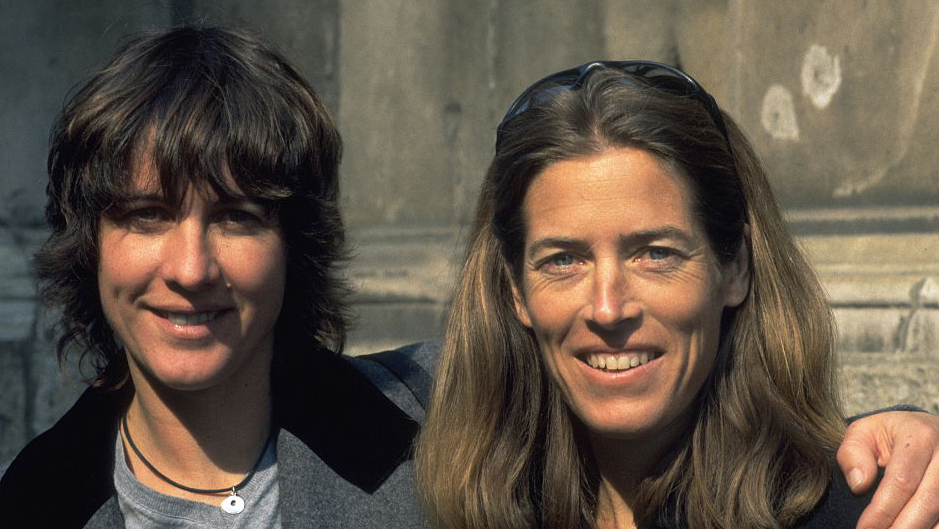
By 1988, Hill had become a professional climber and was competing regularly in Italy and France. She’d go on to win in excess of 30 international titles during this period. It wasn’t all about the competition scene though. In 1990, she became the first female to redpoint (climbing the whole route without resting on the rope) a 5.14a route on Mass Critique in Cimaï, France.
Her most notable climbing accident occurred in 1989 on the cliffs at Buoux, France, when she fell 72 feet to the ground and was knocked unconscious. Despite having broken a bone in her foot and dislocating her left elbow, she was back at it just six weeks after the incident.
She also found time to enjoy the limestone of Germany’s hallowed Frankenjura, the birthplace of the redpoint (or Rotpunkt) style. Here, she onsighted Simon in 1992, becoming the first female to onsight a 5.13b route in history.
Hill subsequently said the climb was one of her most treasured achievements. It was inspired by the great Wolfgang Güllich, who was tragically killed in a car crash while Hill was in Germany.
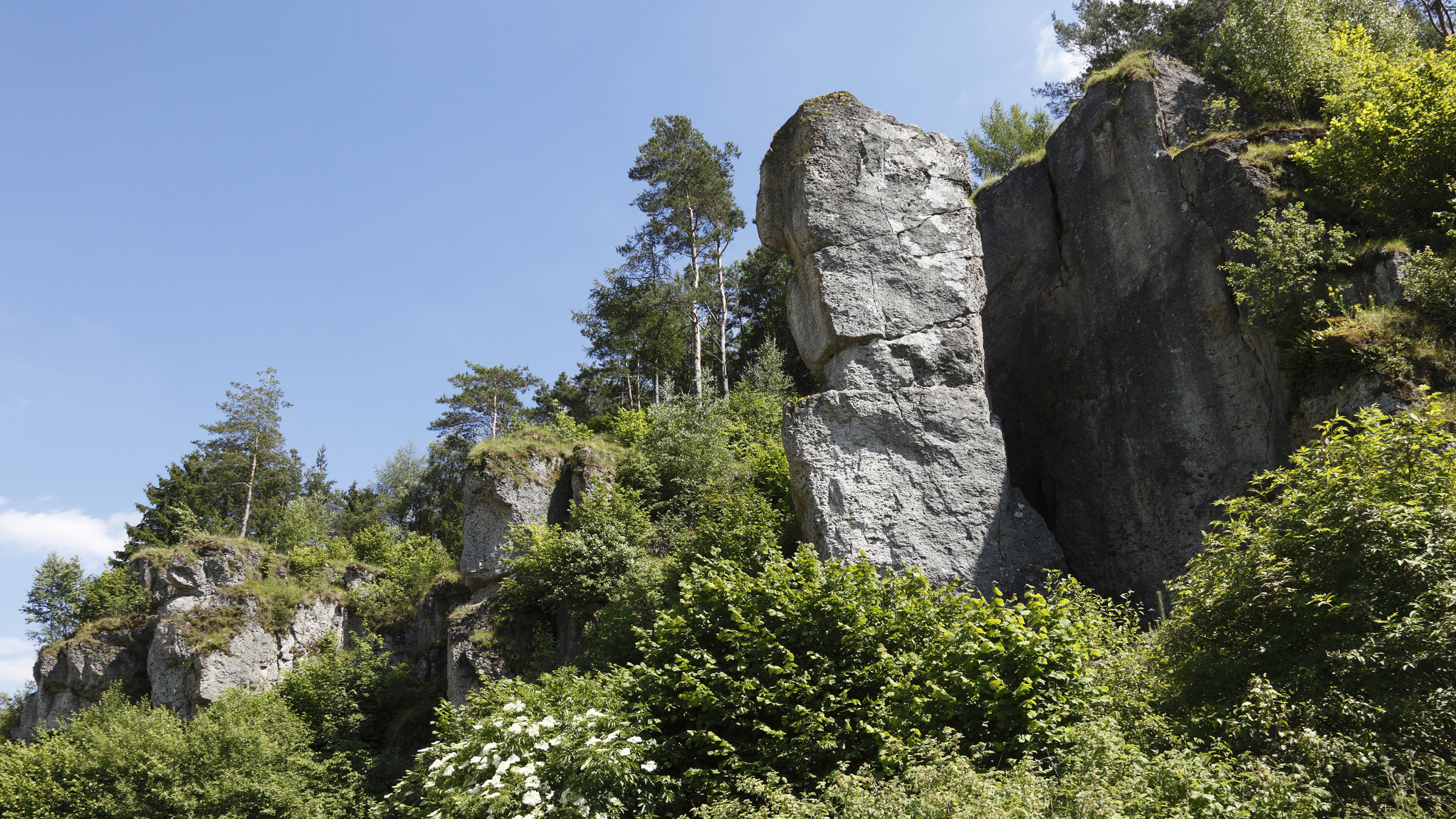
In the early 90s, Hill’s rival Catherine Destivelle would turn away from competition climbing to focus on alpinism, becoming one of the greatest mountaineers of all time and going on to claim the first female lifetime achievement prize at the prestigious Piolets d’Or awards.
Like Destivelle, Hill was also done with competition climbing and hankered to return to her true love: big routes in the great outdoors. "For me," Hill said in an interview with UKC, "what was really important was the sense of freedom along with the beauty (of being outdoors)."
'It goes, boys!'
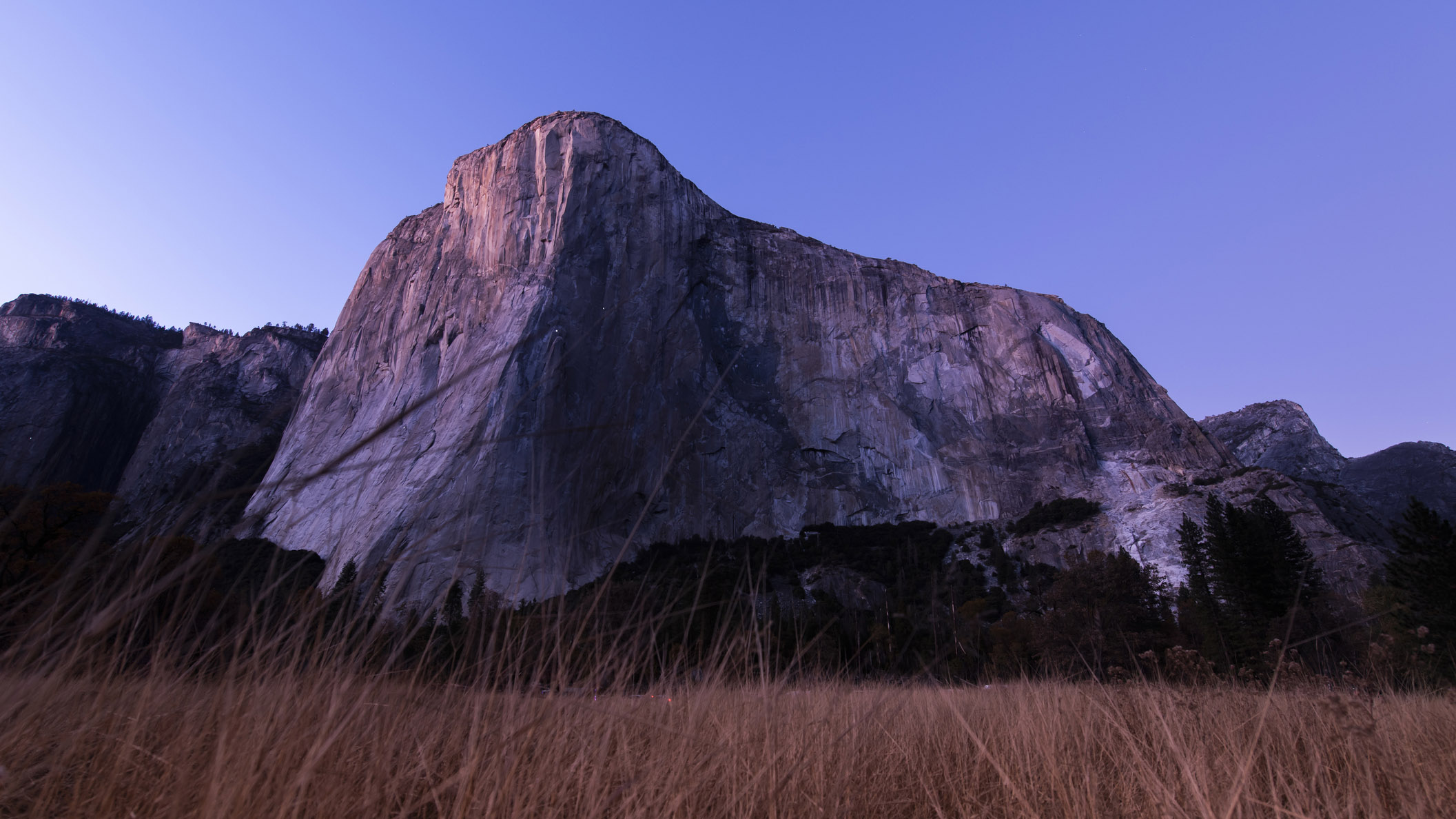
In the early 1990s, the most coveted climb in Yosemite – if not the world – was The Nose on El Capitan. Once thought to be unclimbable, this monumental big wall route climbs, as its name suggests, the 880-meter nose of arguably the world’s most iconic cliff, the prow where the southwest and southeast faces intersect.
Hill had attempted to free climb the route alongside British climber Simon Nadin in 1989, but failed. In 1993, she was back in Yosemite alongside partner Brooke Sandahl and managed to conquer the route, becoming the first person in history, male or female, to free climb it.
She famously quipped ‘it goes, boys!’ to the male-dominated climbing scene of the day. Such a sentiment perfectly sums up Hill's defiance during the long grapple with sexist viewpoints of the time. She'd continually confounded expectations, usually set by men, becoming an inspiration to other female climbers.
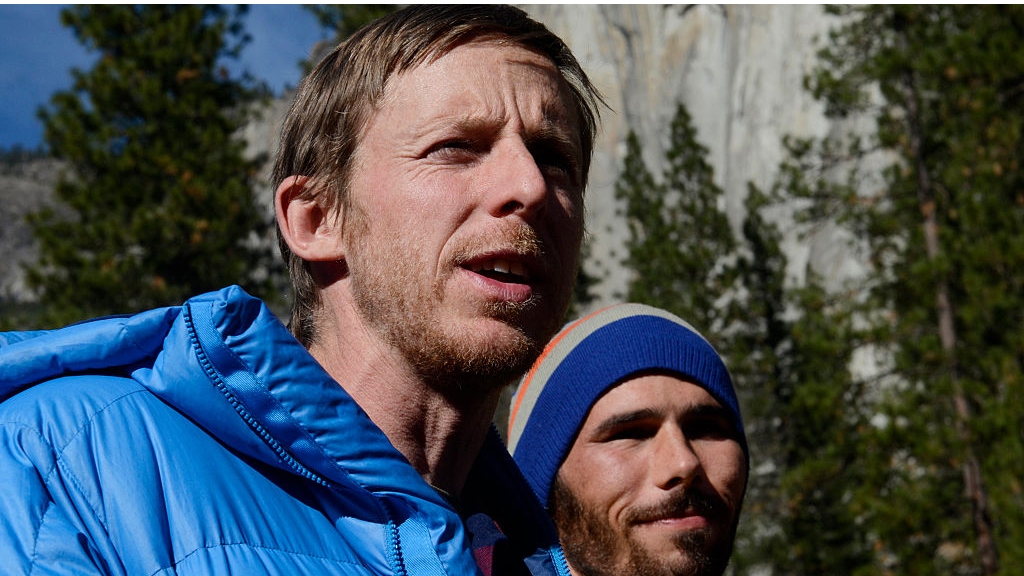
However, Hill’s masterpiece, the climb that she’s most famous for, came on September 16, 1994, when she repeated The Nose alongside Canadian climber Steve Sutton, topping out after just 23 hours. German climbing royalty Alexander Huber put her achievment in simple terms, saying that Hill had "passed men’s dominance in climbing and left them behind".
Over the following 30 years, only 12 people would manage an all-free ascent of The Nose, underlining the brilliance of Hill’s climb. It was unrepeated until Tommy Caldwell and Beth Rodden achieved a free ascent on October 14, 2005, though Scott Burke came close in 1998 but was forced to top rope the Great Roof pitch due to incoming bad weather.
Caldwell would go on to emulate Hill’s sub-24 hour attempt, free climbing The Nose in just 12 hours, two days after climbing it with Rodden in 2005.
After The Nose
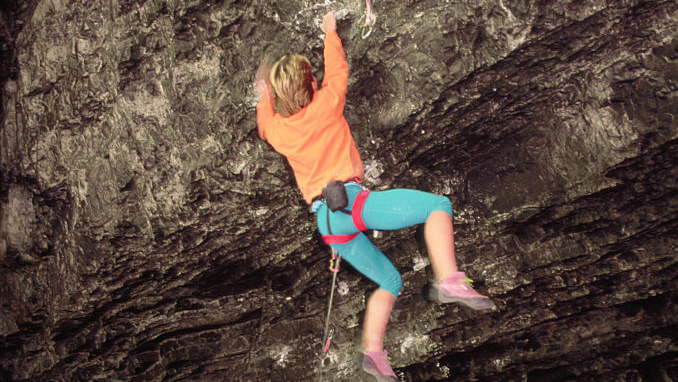
1995 saw Hill join the elite The North Face Climbing Team, an adventure dream team of sorts, featuring the likes of legendary American mountaineers Alex Lowe and Conrad Anker. She joined an exploratory trip to Kyrgyzstan, putting up first ascents alongside Greg Child and Lowe. However, she found that this expedition, which leant more towards mountaineering than traditional rock climbing, didn’t necessarily suit her style.
Trips to places like Morocco, Madagascar, Thailand, China and Vietnam followed. Bravo les Filles on Madagascar’s Tsaranoro Massif in 1999 was a particular highlight, being the hardest first ascent of a big wall achieved by an all-female team at the time. Hill led Nancy Feagin, Kath Pyke and Beth Rodden up the magnificent 2,000-foot granite wall with aplomb.
In 2004, Hill met Brad Lynch and the two had a son together, Owen. Being a mother caused a reset of Hill’s priorities, though she still managed to climb extensively when not caring for her son as a single mother. She currently lives in Boulder, Colorado and continues to be a legend of the climbing world.
Alex is a freelance adventure writer and mountain leader with an insatiable passion for the mountains. A Cumbrian born and bred, his native English Lake District has a special place in his heart, though he is at least equally happy in North Wales, the Scottish Highlands or the European Alps. Through his hiking, mountaineering, climbing and trail running adventures, Alex aims to inspire others to get outdoors. He's the former President of the London Mountaineering Club, is training to become a winter mountain leader, looking to finally finish bagging all the Wainwright fells of the Lake District and is always keen to head to the 4,000-meter peaks of the Alps. www.alexfoxfield.com
